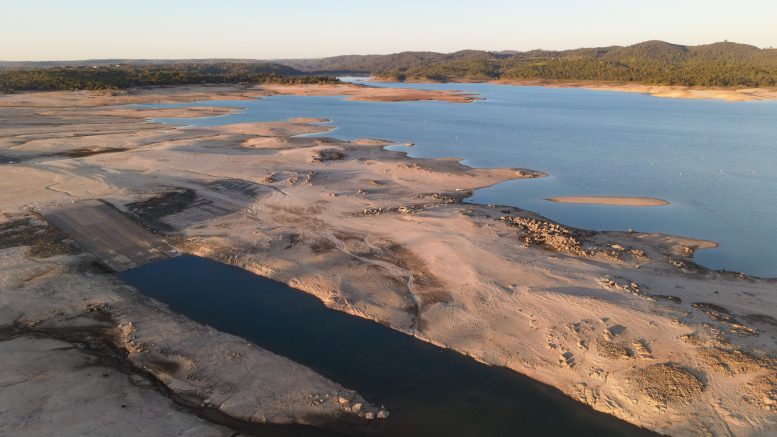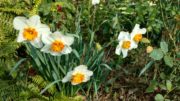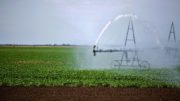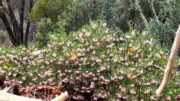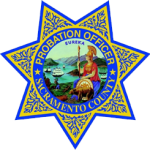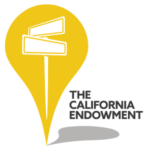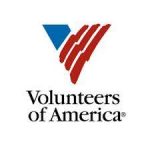Founded at the confluence of the Sacramento and American rivers, Sacramento has long benefited from the rivers and lakes surrounding it. But while commerce, agriculture and recreation have flourished because of its access to sustainable water, the valley is also prone to flooding. To help protect the area, the Flood Control Act of 1944 authorized the building of Folsom Dam, completed in 1956. Since then, Folsom Reservoir has provided not just flood control, but municipal water supply to several communities, including the City of Roseville.
“The City of Roseville has had a relationship through the federal government with Folsom Reservoir since 1971 (and) … it still remains our primary water supply,” says Sean Bigley, assistant environmental utilities director for the City of Roseville. “Folsom Reservoir was built as a flood control facility first and foremost, and that remains the primary purpose (but) … of course water supply is another significant purpose of that reservoir.”
According to Bigley, Roseville needs a total surface water supply of 66,000-acre feet, 32,000 of which come from Folsom Reservoir. The remainder is provided through agreements with Placer County Water Agency and San Juan Water District. Additional sources include groundwater and two regional wastewater treatment plants that recycle water for irrigation in parks, landscapes and golf courses. The reason for the diversification in water supply sources is twofold: First, Folsom is relatively small in comparison to other Northern California reservoirs; and secondly, climate impacts are changing water management practices and the types of infrastructure we’ll need in the future.
“Folsom Reservoir is small and unable to capture flows that come through our watershed sufficiently,” explains Trevor Joseph, manager of technical services for the Regional Water Authority and Sacramento Groundwater Authority. “For this reason, we’ve evaluated our options and have invested in multiple projects to seek additional water supply reliability and resiliency. Something that recently came out was the American River Basin Study that points to the future impacts of climate change on the region’s water supplies.”
The federal Bureau of Reclamation’s recently released American River Basin Study found that increased temperatures, likely due to climate change, are decreasing the amount of water banked in snowpack, which the area has historically relied upon as a slow-release reservoir. The study suggested several adaptation strategies—groundwater use and recharge depending upon hydrology (known as conjunctive use) and alternative water diversions—to meet water needs.
“The City of Roseville has had a relationship through the federal government with Folsom Reservoir since 1971 (and) … it still remains our primary water supply.”
Sean Bigley, assistant environmental utilities director for the City of Roseville
“We’re very focused on the importance of diversification of our water supply, and actually I think it adds a whole lot more water supply reliability to our community,” says Bigley. “Based on some of the uncertainty that we’re seeing with climate patterns and other challenges, I think it serves Roseville very well by investing in further water supply diversification.”
According to Richard Plecker, environmental utilities director for the City of Roseville, what this means for Roseville residents and businesses is … hopefully nothing.
“If we’re doing our job well, nobody will notice anything change,” Plecker says. “We’re really blessed with where we live. We have a steady surface water supply, a robust groundwater system, and we’ve diversified our resources long ago—it’s not new for us. We’ve done everything in balance along the way, so we’ve stayed the course.”
Plecker also notes that the Roseville community is very supportive of efforts to create sustainable systems regarding utilities and other resource management.
“When we ask (residents) to do things like conserve water, they actually do it—and the results prove their commitment,” he says. “Time and time again, even in the last recession, Roseville residents have shown a very strong willingness to spend additional money for additional resilience. Our community is a unique one; they understand that their future is in their hands—through us—and they empower us to lead the way.”
For water-saving ideas, please visit Roseville.ca.us/drought.

